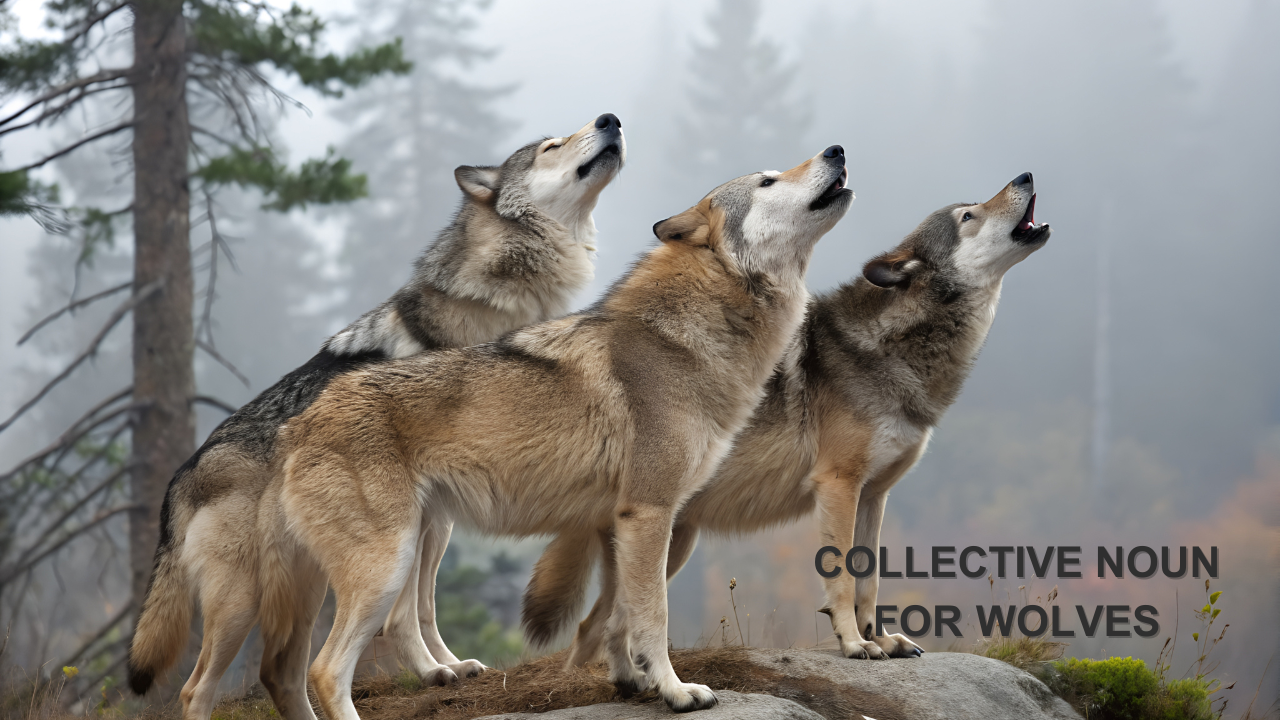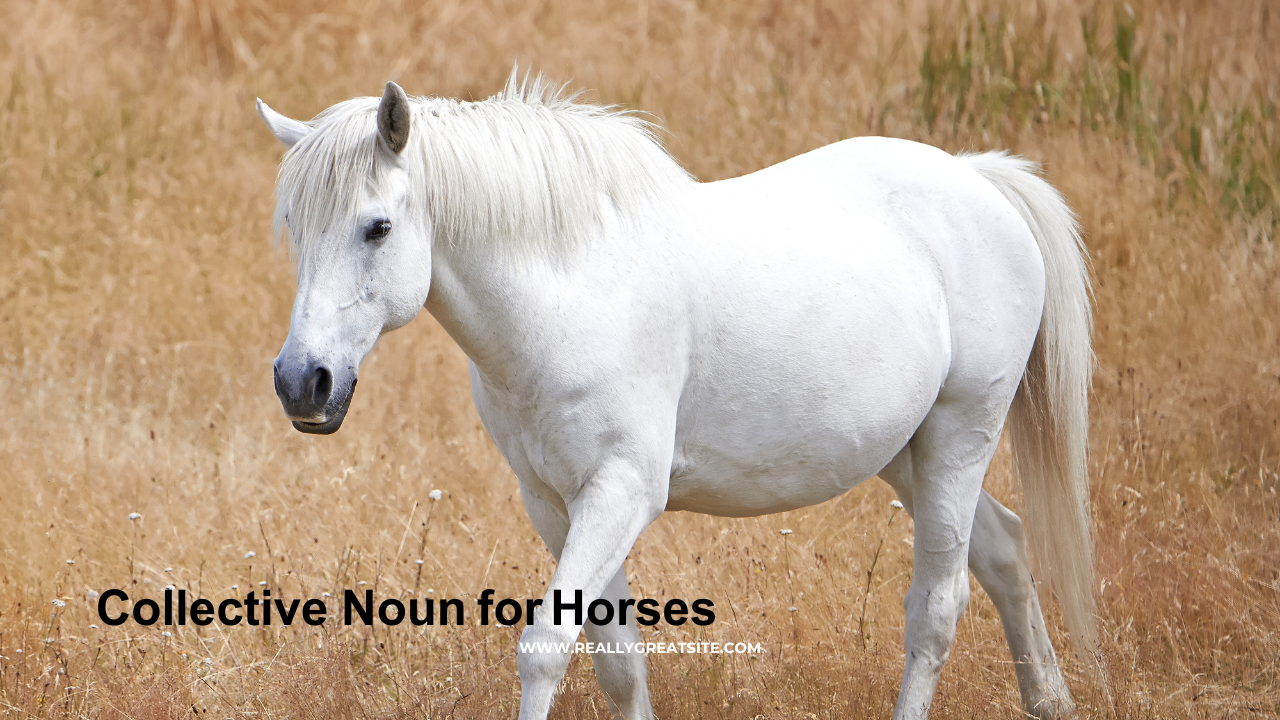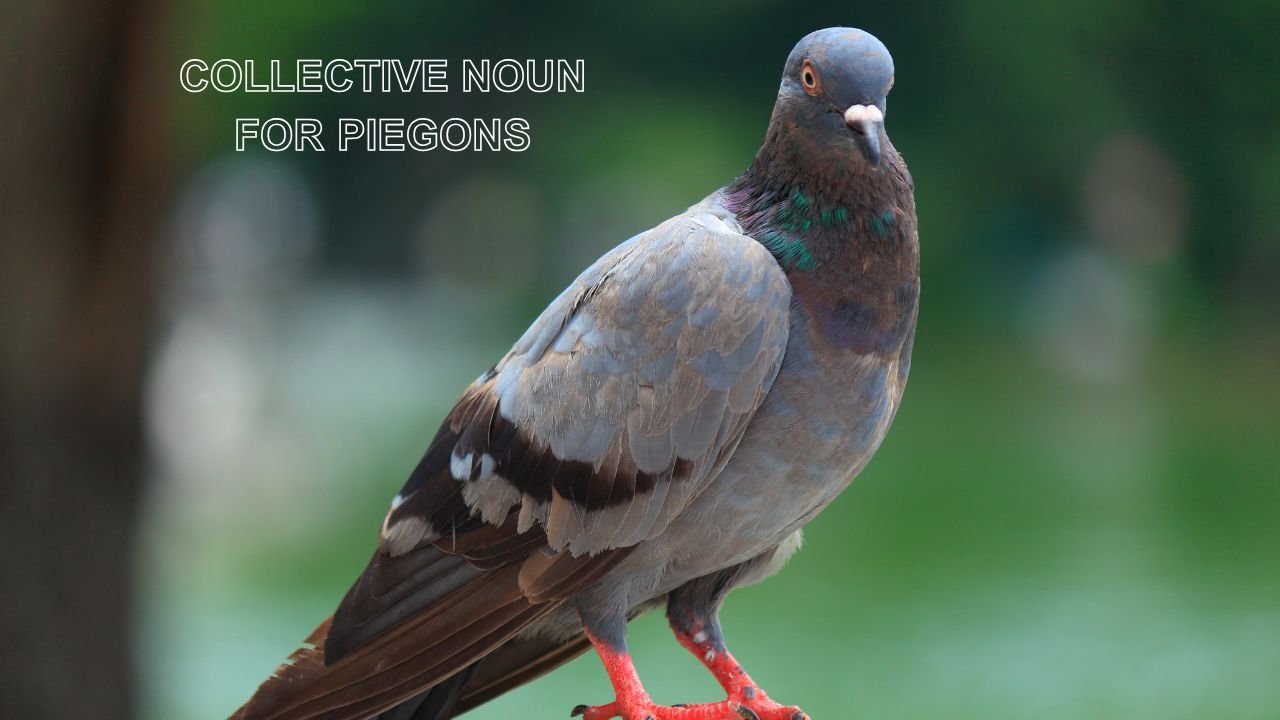The most common collective noun for wolves is a pack. However, depending on the context, other terms like route, rout, and group can also be used to describe wolves gathered together.
| NOUN | COLLECTIVE NOUN | USAGE EXAMPLE |
|---|---|---|
| Wolves | Pack | A pack of wolves |
| Wolves | Route | A route of wolves |
| Wolves | Rout | A rout of wolves |
| Wolves | Horde | A horde of wolves |
Group of Wolves
A group of wolves refers to multiple wolves gathered together in one area, regardless of their social structure or behavior.
Comparison Table
| Collective Noun | Meaning | When It’s Used |
|---|---|---|
| Pack | A social group of wolves led by an alpha pair | Most common term; used in biology and nature |
| Route | A journeying or moving group of wolves | Poetic or less common reference |
| Rout | A disorderly or fleeing group of wolves | Historical, literary, or dramatic descriptions |
| Horde | A large, aggressive group of wolves | Rarely used; more figurative than technical |
A Pack of Wolves
Pack is a structured group of wolves that live, hunt, and breed together.
Examples:
- The pack of wolves moved silently through the forest.
- A pack of wolves surrounded the deer.
- The pack of wolves communicated through howls.
A Route of Wolves
Rout of wolves refers to a disorganized or fleeing group of wolves, often moving chaotically or in panic.
Examples:
- A rout of wolves scattered as the hunters approached.
- The route of wolves tracked their prey across the snowy plain.
A Rout of Wolves
Rout is a term used for a disorderly or fleeing group of wolves.
Examples:
A rout of wolves scattered as the hunters approached.
The villagers feared a rout of wolves would attack at night.
A Horde of Wolves
Horde is a large and often overwhelming number of wolves, used figuratively. Examples:
A horde of wolves charged through the snowy plain.
Legends spoke of a horde of wolves guarding the mountain.
1. Which of the following is a common collective noun for wolves?
2. What does a “rout” of wolves typically imply?
3. In which context is “horde of wolves” usually used?
4. Which of these is not a recognized collective noun for wolves?
5. What does a “pack of wolves” generally represent?
Answers and Explanation
B) Pack
→ “Pack” is the correct collective noun for wolves, indicating a structured group.
C) Chaotic or fleeing group
→ “Rout” refers to wolves moving in panic or disorder.
B) Figurative or dramatic writing
→ “Horde” is mainly used in poetic or intense narrative settings.
C) Pride
→ “Pride” is for lions, not used for wolves.
B) Structured family unit
→ A “pack” is a stable, social group led by an alpha.
Interesting Facts About Wolves:
- Wolves can run up to 35 miles per hour in short bursts.
- Packs usually consist of 6–10 wolves led by an alpha pair.
- Wolves use howling to communicate over long distances.
- They have strong familial bonds and work cooperatively to hunt.
Conclusion:
Wolves are fascinating and intelligent creatures known for their loyalty, strength, and social structure. The term pack perfectly captures their unity and teamwork, while other collective nouns like route and rout add variety and poetic tone depending on usage.





